What is the difference between a Double Block and Bleed (DBB) valve and a Double Isolation and Bleed (DIB) valve consumer needs to know? Recognizing the similarities and differences between these two types of valves is important for designing, selecting, and using them in industrial systems safely.
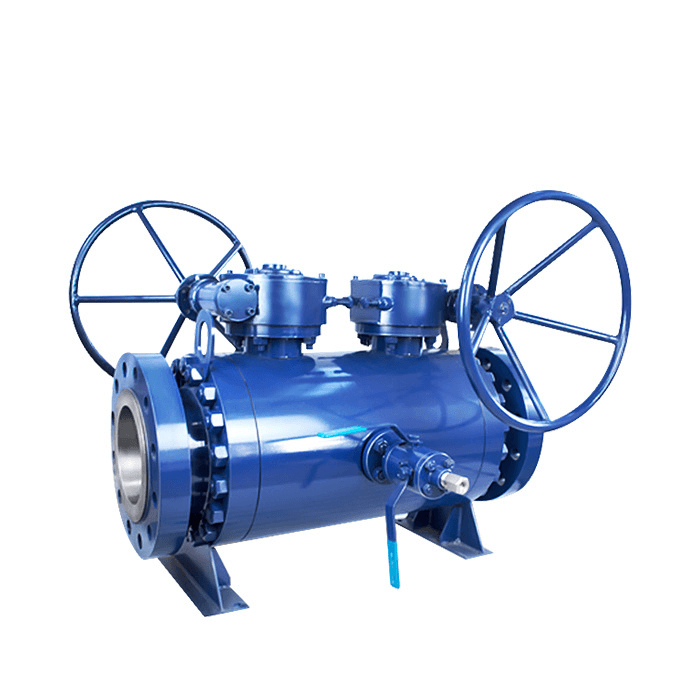
In this blog, consumers can explore the unique difference between dbb vs dib valve, how they are used differently, and why engineers must pay special attention when specifying one over the other.
What is DBB or Double Block and Bleed Valve
A double block and bleed valve or DBB ball valve is a kind of valve that is specifically designed to provide two inline isolation points. The two isolation points create a physical barrier between the upward and downward sections of the system, preventing any contamination or cross-contamination between the two flows. They are used in many industries, especially gas, oil, and petrochemical, and can be found as part of process plants and pipelines.
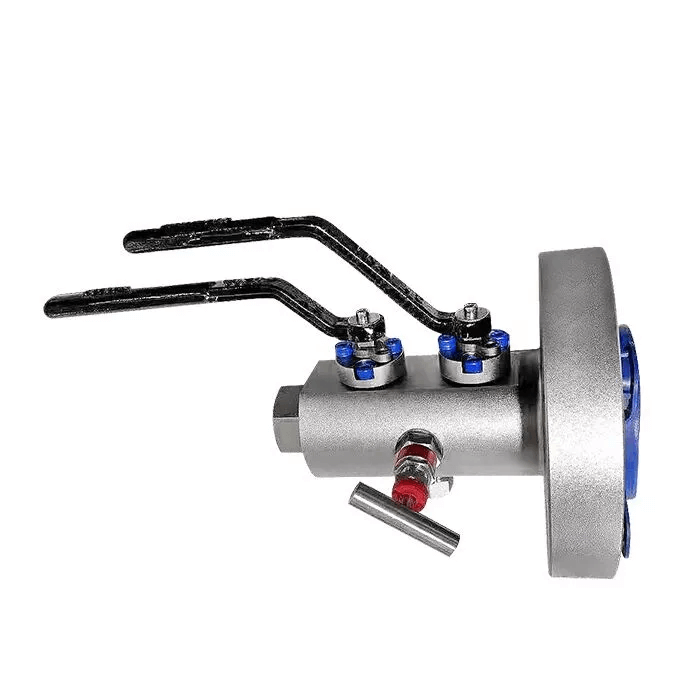
Most industrial valve company’s basic construction of a DBB valve consists of two separate, but connected, shutoff valves with an interconnecting bleed line between them. The first stage of the valve is a primary isolation valve which provides full closure off of the upstream side. This ensures that no upstream flow can penetrate through to the downstream side.
The second stage is then a secondary isolation valve, which further prevents any fluid from traveling through to the downstream side by creating an additional physical barrier. The bleed line is then connected between the two valves, allowing for any pressure or moisture to be released from the system.
If you’re looking for a reliable butterfly valves supplier for your DBB valve needs, it’s important to choose one that provides absolute assurance that there is no communication between the upstream and downstream flows. This is extremely important when dealing with hazardous fluids and other volatile compounds, as they must be kept separate in order to maintain safety.
Additionally, the bleed line acts as a pressure relief valve, allowing for any residual pressure or moisture to be released from the system.
What is DIB or Double Isolation and Bleed Valve
The Double Isolation and Bleed (DIB) valve is a specialized component used in pipeline systems. It is a two-stage valve that combines isolation and pressure relief in one, allowing for a quick shut-off of hazardous fluids. The DIB valve is commonly used in the oil and gas industry, industrial processes, and cold storage plants, as well as various nuclear power plant applications.
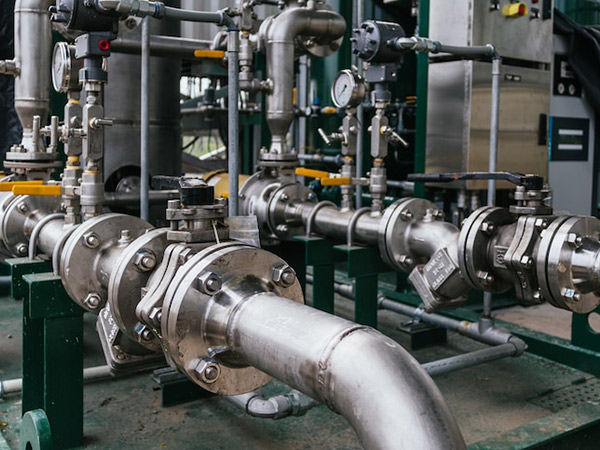
The innermost stage of the DIB valve acts as the primary isolation point, completely isolating the fluid from the system on both the upstream and downstream sides.
The second stage of the industrial ball valve contains two separate venting points, ensuring that any pressure build-up downstream from the valve is safely vented to the atmosphere. This prevents any potential safety issues related to high pressure or temperature disasters which could otherwise cause significant equipment damage or injury.
Along with this double-stage protection, DIB valves are usually constructed from special corrosion-resistant materials such as carbon steel or stainless steel to ensure long-term durability. Additionally, they have low internal volumes which remove the need for any further containment vessels or large-scale drainage systems. As a result, this type of solution is often chosen for applications in tight spaces with restricted access.
All in all, when we compare dib vs dbb valve, the Double Isolation and Bleed (DIB) Valve gives operators an effective and reliable way to quickly and safely shut off hazardous fluids in their systems, as well as to vent any excess pressure. This high-quality system offers numerous advantages for a wide range of industrial and energy applications.
DBB vs DIB Valves:Differences
“DBB valve” and “DIB valve” are crucial components in the oil and gas industry as they play a vital role in controlling the flow of fluids in pipelines and process systems. They are used to isolate, divert, and regulate the flow of fluids, and they provide a reliable and efficient method of maintaining the safety and integrity of the overall system.
Understanding the differences between SBB and DBB valves is essential for selecting the right valve for the job. Here are the key differences between the single block and bleed valve vs double block and bleed.
DBB Valve
A DBB valve is a valve that has two independent closure elements with a bleed valve between them, providing a double block and bleed configuration for isolation. Valves companies offer DBB valves because they provide enhanced safety features due to two fully-sealed chambers. However, they are larger and more complex than single valves, requiring additional space for installation.
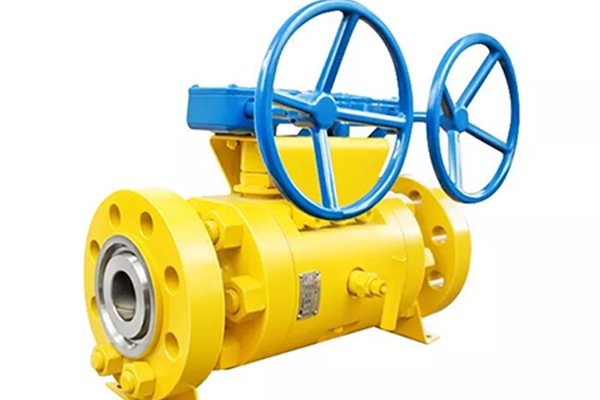
The valve design is commonly used in the oil and gas industry for applications such as pipeline transportation, production, and refining. It helps prevent the leakage of hazardous materials and allows for the maintenance or replacement of one of the closure elements while the other is still operational.
The bleed valve between the closure elements releases any pressure buildup, ensuring that the valve can be opened and closed safely, and it can also be used to monitor the pressure between the two chambers.
DBB valves are also used in other industries where safety and isolation are critical, such as chemical processing, pharmaceuticals, and power generation. Although they are more expensive than single valves, their enhanced safety features and the ability to perform maintenance without shutting down the system make them a valuable investment for many industries.
DIB Valve
While on the other side, the DIB valve uses a single direct injection seal for isolation. This results in a more economical and simpler design compared to the DBB valve. Additionally, the DIB valve is smaller in size, making it easier to install in tight spaces. When selecting between these two valve types, it’s important to consider factors such as space limitations, level of security needed, and budget constraints.
The main difference between single block and bleed valve vs double block and bleed valves is the number of closure elements they have. A DBB valve has two closure elements and a bleed valve, while a DIB valve has three closure elements and a bleed valve. DIB valves provide an extra level of isolation, making them more suitable for applications where fluid leakage can have severe consequences.
When selecting between these two valve types, it’s important to consider factors such as space limitations, level of security needed, and budget constraints. It’s also important to research and compare the specific features and benefits offered by each valve company to ensure that the selected valve will meet the required specifications and provide optimal performance.
Conclusion
It is critical to fully comprehend the distinctions of DBB vs DIB valve in order to select the appropriate solution for any specific application. DBB valves are ideal for situations where double isolation is necessary in order to prevent any fluid leakage. On the other hand, DIB valves are designed with an extra level of protection, making them suitable for use in high-risk applications.
Choosing the right valve type is essential in order to ensure that your system operates safely and effectively. Dombor is one of the leading industrial valves supplier worldwide, offering a range of valves to suit different needs like double block and bleed ball valve. These valves are designed to be durable, reliable and safe.
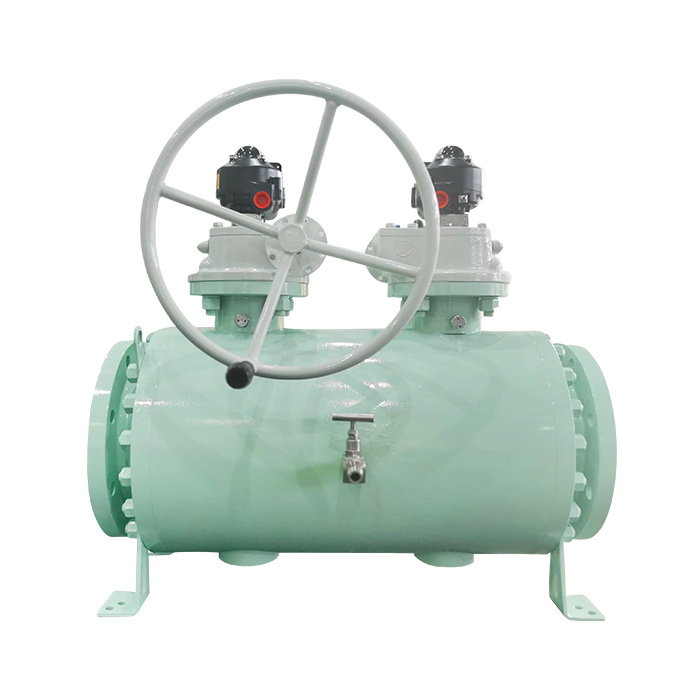
Dombor’s reputation for quality products is well-respected in the industry, as evidenced by their commitment to achieving ISO 9001 certification and ensuring that all their products meet the highest standards of safety and reliability.
All products from Dombor undergo stringent testing before leaving the warehouse, with a certificate of compliance provided at delivery. Check their website for more information about the different valves.









